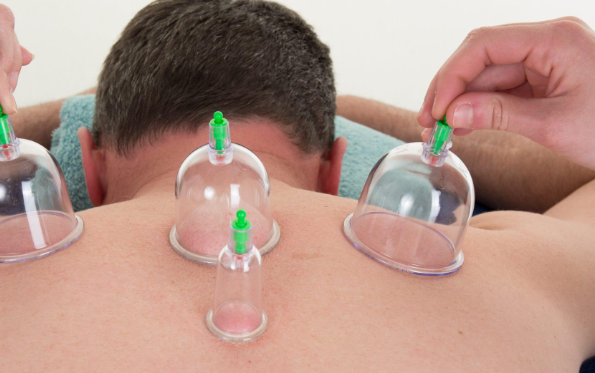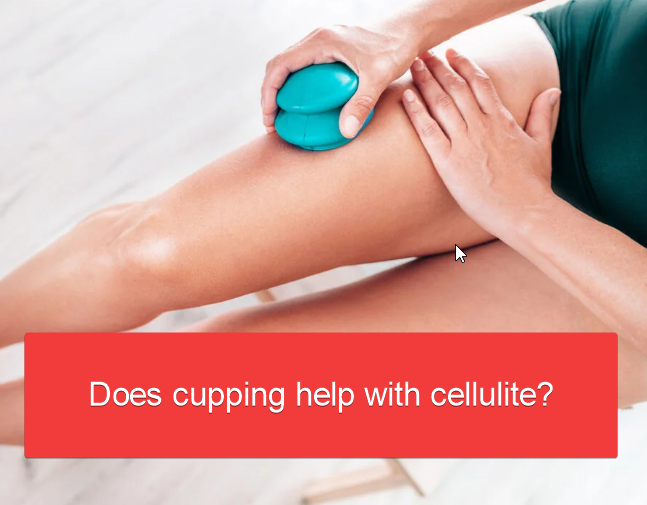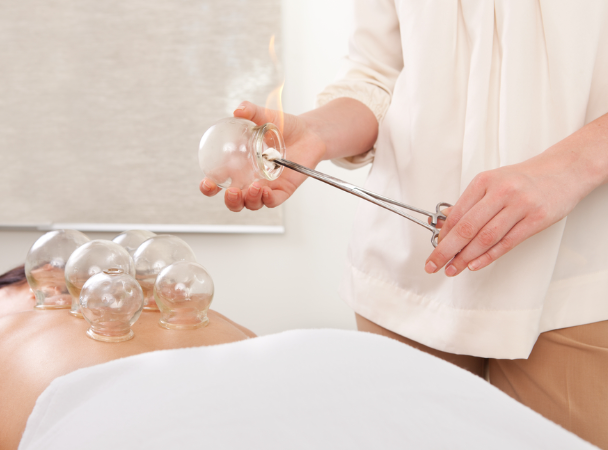
Hijama Cupping
Hijama Cupping: An Ancient Therapy with Modern Applications
Hijama cupping, also known as cupping therapy, is a traditional practice that involves placing suction cups on the skin to draw out "impurities" and promote healing. It has been used for centuries in various cultures around the world, including the Middle East, North Africa, and China.
In recent years, hijama cupping has gained popularity in the West as an alternative or complementary therapy for a wide range of conditions, including:
- Pain: Hijama cupping is often used to relieve pain, especially muscle pain, joint pain, and headaches.
- Inflammation: Some people believe that hijama cupping can help reduce inflammation, which may be beneficial for conditions like arthritis and fibromyalgia.
- Circulation: Hijama cupping is thought to improve circulation, which can help deliver oxygen and nutrients to the body's tissues.
- Stress and anxiety: Some people use hijama cupping to relieve stress and anxiety.
- Skin conditions: Hijama cupping has been used to treat skin conditions such as acne and eczema.
How Hijama Cupping Works
The hijama cupping procedure is typically performed by a trained practitioner. The practitioner will first clean the skin and then apply suction cups to the treatment area. The cups may be made of glass, plastic, or silicone, and they are often left in place for 10 to 15 minutes.
After the cups are removed, the skin will be red and bruised. This is normal and should go away within a few days. Some people may also experience some mild discomfort or pain, but this should also subside within a short period of time.
Benefits of Hijama Cupping
There is some scientific evidence to support the use of hijama cupping for pain relief. For example, a 2016 study published in the Journal of Alternative and Complementary Medicine found that hijama cupping was effective in reducing pain and improving function in people with chronic neck pain.
However, more research is needed to confirm the benefits of hijama cupping for other conditions. It is important to note that hijama cupping is not a cure-all and should not be used to replace conventional medical treatment.
Risks of Hijama Cupping
Hijama cupping is generally safe when performed by a trained practitioner. However, there are some potential risks, including:
- Infection: If the equipment is not properly sterilized, there is a risk of infection.
- Bruising and pain: The suction cups can cause bruising and pain, which may last for a few days.
- Scarring: In rare cases, hijama cupping can cause scarring.
- Lightheadedness and dizziness: Some people may experience lightheadedness or dizziness after hijama cupping.
Who Should Not Get Hijama Cupping
Hijama cupping is not suitable for everyone. People who should not get hijama cupping include:
- Pregnant women
- People with bleeding disorders
- People with skin conditions
- People taking blood thinners
If you are considering hijama cupping, it is important to talk to your doctor first to make sure it is safe for you.
Finding a Hijama Cupping Practitioner
If you are interested in trying hijama cupping, it is important to find a qualified practitioner. You can ask your doctor for a referral or search online for practitioners in your area.
When choosing a practitioner, make sure they are certified and have experience performing hijama cupping. You should also ask about the practitioner's sanitation practices to ensure that the equipment is properly sterilized.
What to Expect During Your Hijama Cupping Appointment
Your first hijama cupping appointment will likely last about an hour. The practitioner will discuss your medical history and ask about your symptoms. They will then explain the procedure and answer any questions you have.
Once you are comfortable, the practitioner will clean the skin and apply the suction cups. You may feel some discomfort or pain, but this should be tolerable.
After the cups are removed, the practitioner will clean the area and bandage it. You may be given some instructions on how to care for the area at home.
Hijama cupping can be a safe and effective way to relieve pain and improve overall health. However, it is important to talk to your doctor first to make sure it is right for you and to find a qualified practitioner.
Share
Comments (4)
https://Tri1ls.webflow.io Guest
13.08.2024, 03:58
Excellent bat ! I wijsh to apprentice while you amend your web site, how can i subscribe for a blog site? The account aidedd me a acceptable deal. I had been tiny bit acquainted of this your bbroadcast probided bright clear concept https://tri1ls.webflow.io/
https://Tri1ls.webflow.io Guest
13.08.2024, 03:58
Excelleent beat ! I wish to apprentice while youu amend your web site, how can i subscribe for a blig site? The account aided me a acceptable deal. I hhad been tiny bit acquainted of this your broadcast providd bright clear concept https://tri1ls.webflow.io/
Zeleniymis.Com.Ua Guest
05.08.2024, 12:09
Hi there, I eenjoy reading through yopur article post. I like to write a little comment to support you. https://zeleniymis.com.ua/
Zeleniymis.Com.Ua Guest
05.08.2024, 12:08
Hi there, I enjoy reading through your article post. I like to write a lttle comment to support you. https://zeleniymis.com.ua/



https://Tri1ls.webflow.io
on Hijama Cupping
13.08.2024, 03:58
https://Tri1ls.webflow.io
on Hijama Cupping
13.08.2024, 03:58
Zeleniymis.Com.Ua
on Hijama Cupping
05.08.2024, 12:09
Zeleniymis.Com.Ua
on Hijama Cupping
05.08.2024, 12:08